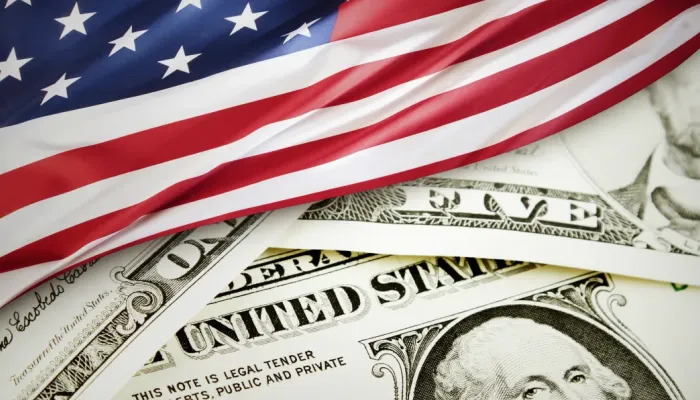Unemployment Rate Now above 10%, Highest Since 1983
According to the Bureau of Labor Statistics’ monthly report, the unemployment rate made a stunning leap in October from 9.8% in September to 10.2%, the highest rate since April 1983. Since the recession started almost two years ago, employment has declined by 7.3 million.
As hard as it is to believe, today’s BLS report contained some glimmers of hope for improvement in the distant future (but read: after midyear next year). Perhaps most importantly, temp agency employment has increased since July (particularly in October). In the previous two “jobless recoveries”, this category was a leading indicator of the job market recovery as firms of all types (from car manufacturers to the scientific community) turned to temp agencies for new hires until they were more certain of business conditions. (Temporary workers do not cost as much as new, permanent hires – and they are in fact “temporary”.) While the temp supply help numbers were not large, they were noticeably positive. Other small positive signs: monthly employment losses were smaller in October than previous months, although they were still sizeable. Plus, at the same time manufacturing jobs continued to be shed, manufacturing working hours (including overtime) turned positive, which has often been a harbinger of hiring, if sustained. (We’ll see if this reflected the temporary “Cash for Clunkers”, though.)
Still, today’s numbers were undeniably bleak. And, since job losses mean income losses and lower confidence, the October unemployment numbers raise reasonable doubts about whether the recovery now under way will be self-sustaining - or self-sustaining at an anemic pace. It is particularly difficult to read the tea leaves in the economy now, as the adjustment of consumers and firms to economic and financial crisis conditions is complex.
On the fiscal policy front, President Obama is about to sign legislation that will extend unemployment benefits and the homeowner tax credit. While these measures will increase the fiscal deficit, Congress and the President agreed to provide additional government support in order to target the weakest parts of the economy.
But should fiscal policy do more? More importantly, can it do more to offset the furious restructuring now underway by firms adjusting to the “new normal” economy. With the unemployment rate now above the politically sensitive threshold of 10%, politicians and experts will be hotly debating whether additional steps can still be useful – weighed against the not insignificant costs of increased debt and debt service in the future.
A very eminent economist, Nobel Prize winner Edmund Phelps, said today that additional stimulus won’t help because the economy is aleady well on its way to adjust to its new “equilibrium” path (economistspeak for the stable balance of supply and demand forces). While, he pointed out, the new equilibrium might be considered “bad” because supply and demand are in balance at a lower growth rate path, temporary stimulus cannot change these basics.
Other eminent economists will probably respond that aggregate demand still needs to be boosted, if for no other reason than to manage the economy’s adjustment to a lower trend growth path than we saw in the past decade. Looking at the risks that our economic recovery will be slower than usual, other economists may also argue that, given the underinvestment in infrastructure over the past several decades and the crucial role of efficient infrastructure in boosting potential growth, a good use of the taxpayer dollar when interest rates are so low would be to modernize infrastructure. This approach, however, would not have a strong stimulative impact in the near future.


